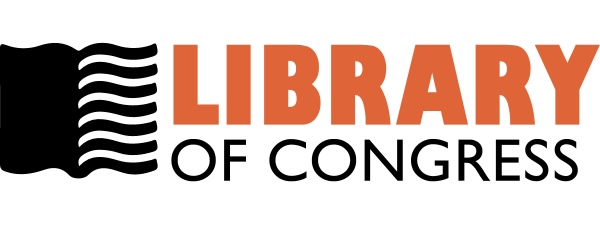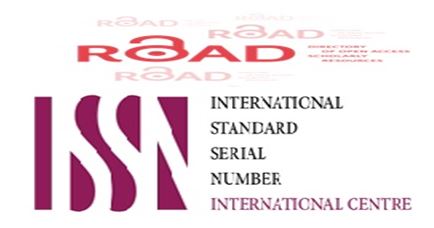Bone Marrow Procedures in Children Welfare Teaching Hospital/Medical City Complex Indications and results
DOI:
https://doi.org/10.32007/jfacmedbagdad.563491Keywords:
Bone Marrow Aspirate, Children, Welfare Teaching Hospital, indicationsAbstract
Background: Bone marrow aspiration (BMA) and biopsy is a procedure that is used to evaluate the cause of abnormal blood test results, to confirm a diagnosis or check the status of severe anemia of unknown cause, to evaluate abnormalities in the blood's ability to store iron and also to diagnose infection.
Objectives: To identify the main indications of bone marrow aspiration and the most common diagnoses encountered in children welfare teaching hospital.
Patients and methods: This was a prospective and retrospective descriptive study over 6- month period from 8th of February 2010 to 8th of August 2010 in children younger than 14 years. All bone marrow aspirate results were reviewed. The clinical data provided by clinicians were also noted. General Anesthesia was used in (439) patients, and local anesthesia was used in (321) patients. The procedure done under aseptic technique, aspiration sampling was generally performed before biopsy; the site of aspirate usually from the posterior iliac crest except for those less than 12 months where the tibia was the preferable site of aspiration
Results: There were a total of 757 performed bone marrow aspirations. The main indications for bone marrow examination were the following:256 (34%) for diagnosis and follow up of leukemia ,154 (20%) for evaluation of fever of unknown origin,95 (13%) for evaluation of hepatosplenomegaly, lymphadenopathy and\or pallor, 54 (7%) for evaluation of solid tumors , 49 (6%) for evaluation of thrombocytopenia,48 (6%) for evaluation of pancytopenia,36 (5%) for evaluation of lymphoma, 29 (4%) for suspected storage or metabolic diseases, 21(3%) for evaluation of undiagnosed masses in the abdomen, mediastinum, neck and jaw;12 (1.6%) for evaluation of unexplained anemia,3 (0.4%) for others. The most common results reported were: 312 (65%) normal BMA, 71 (14.5%) acute leukemia, 17 (3%) marrow involvement by malignancy (solid tumors, Non –Hodgkin Lymphoma), 8 (2%) megaloblastic anemia, 8 (2%) erythropoietic hyperplasia, 8 (2%) proliferation of reactive histiocytes with activehemophagocytosis, 4 (1%) kala azar.
Conclusions: The most common indication for this procedure in this hospital was to confirm diagnosis and follow up of acute leukemia.There is high rate of negative bone marrow examination which is unnecessarily done due to lack of further diagnostic facilities, also a high rate of non- informative results which might reflect inadequate experience of doctors performing the procedure. No complications were reported.
Downloads
Downloads
Published
Issue
Section
License
For all articles published in Journal of the Faculty of Medicine Baghdad, copyright is retained by the authors. Articles are licensed under an open access Creative Commons CC BY NC 4.0 license, meaning that anyone may download and read the paper for free. In addition, the article may be reused and quoted provided that the original published version is cited. These conditions allow for maximum use and exposure of the work, while ensuring that the authors receive proper rights.




















 Creative Commons Attribution 4.0 International license..
Creative Commons Attribution 4.0 International license..


